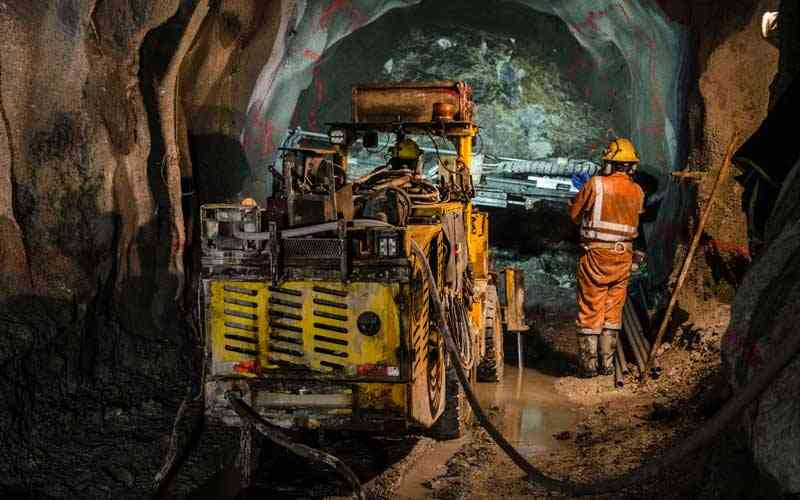
At a recent Chamber of Mines (AGM) in Victoria Falls—the mining sector’s most influential gathering — the Mines and Minerals Development minister Winston Chitando stunned the audience with an uncharacteristically blunt tirade.
The remarks of the minister as he denounced illegal mining, environmental degradation, and misconduct by foreign investors were startling but not revelatory. “It’s a sorry sight.
That has to stop,” he declared. Yet his fiery speech, though greeted with applause, was met with a fair amount of bewilderment.
After all, Chitando is not a whistleblower — he is the chief superintendent of the system he now decries.
His criticisms were extensive: illegal granite operations in Mutoko, collapsed roads in mineral-rich districts, environmental ruin in the coalfields, and the incursion of foreign investors into sectors reserved for Zimbabweans.
“We now have a situation where investors that aren’t local, without authorisation, go into the transport sector,” he lamented. But this is a crisis that has unfolded, unchecked, during his tenure.
Perhaps most glaring is the crisis of mine safety — an issue Chitando failed to address directly.
Zimbabwe recorded 114 mining-related deaths in 2023, according to statistics from the Ministry of Mines.
- Smuggling of gems bleeding Zim’s economy
- Erik ten Hag: Manchester United appoint Ajax boss as club’s new manager
- Zimbabwe’s smuggled gold destined for China
- Smuggling of gems bleeding Zim’s economy
Keep Reading
These fatalities — mostly from artisanal and small-scale mines — are not random accidents, but symptoms of systemic neglect.
Collapses in areas like Mazowe, Bindura, and Kadoma have become all too common.
Most victims are unregistered, uninsured, and invisible to the state until it is time to retrieve their bodies.
Insights from the communities where unregulated gold mining occurs, including Penhalonga and Mazowe, indicate that these figures are understated, as many deaths remain unreported.
Despite his remarks on “a new phase” of the Responsible Mining Initiative, the outcomes of phase one remain unpublished.
Meanwhile, miners in Penhalonga continue to operate without valid permits, while in Dinde, communities battle for basic environmental assessments.
In Mutoko, homes sit on the edge of granite quarries that operate with impunity.
Though miners are legally obligated to contribute a portion of their earnings toward community development, the public remains in the dark about how — or whether — these funds are used.
The minister also chastised foreign operators for ignoring local procurement laws.
Local companies have long raised concerns about Chinese firms dominating not just mining but the entire supply chain, sourcing exclusively from Chinese manufacturers and crowding out local businesses.
Today, Chinese-run mines account for nearly 80% of Zimbabwe’s active operations, consolidating control in the hands of a few foreign actors while hollowing out local economic opportunities.
Yet Chitando already possesses the legal authority to act.
Zimbabwe’s Mines and Minerals Act empowers him to revoke licences from violators. He oversees a network of mining commissioners and inspectors.
And the Environmental Management Authority (EMA) has the mandate to shut down non-compliant operators — but enforcement is consistently thwarted by political interference and elite collusion.
The Centre for Natural Resource Governance (CNRG), has released damning evidence of what was pontificated on, showing clearly that what Minister Chitando calls a crisis is not a recent anomaly, but the culmination of systemic failure.
His speech should be seen not as a bold call to action but as an admission of governance collapse. Rhetoric, no matter how fiery, is no substitute for action.
Zimbabwe’s mining future depends not on conferences and declarations, but on political will, legal enforcement, and a radical shift toward transparency, labour justice, and community rights.
Until then, the mines will continue to consume lives, landscapes, and livelihoods, while those in charge deliver speeches.









